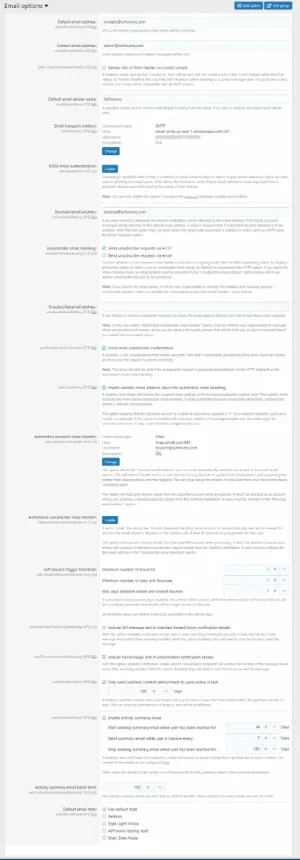Stuart Wright
Well-known member
So we got blocked from Amazon SES for a while and we're trying to figure out why.
We think it's because we had too many 'complaints' caused by the same user getting sent a **** ton of emails over a short period of time and them all bouncing.
This is one page of the bounce log of several similar looking pages.

Here are our settings:

I would expect their account user state to be changed to email invalid (bounced) but it hasn't been.
The user's account is valid and there are no entries in their change log for their user state changing (would there be? There should be).
Any help you can give would be greatly appreciated.
Thanks
We think it's because we had too many 'complaints' caused by the same user getting sent a **** ton of emails over a short period of time and them all bouncing.
This is one page of the bounce log of several similar looking pages.

Here are our settings:

I would expect their account user state to be changed to email invalid (bounced) but it hasn't been.
The user's account is valid and there are no entries in their change log for their user state changing (would there be? There should be).
Any help you can give would be greatly appreciated.
Thanks
